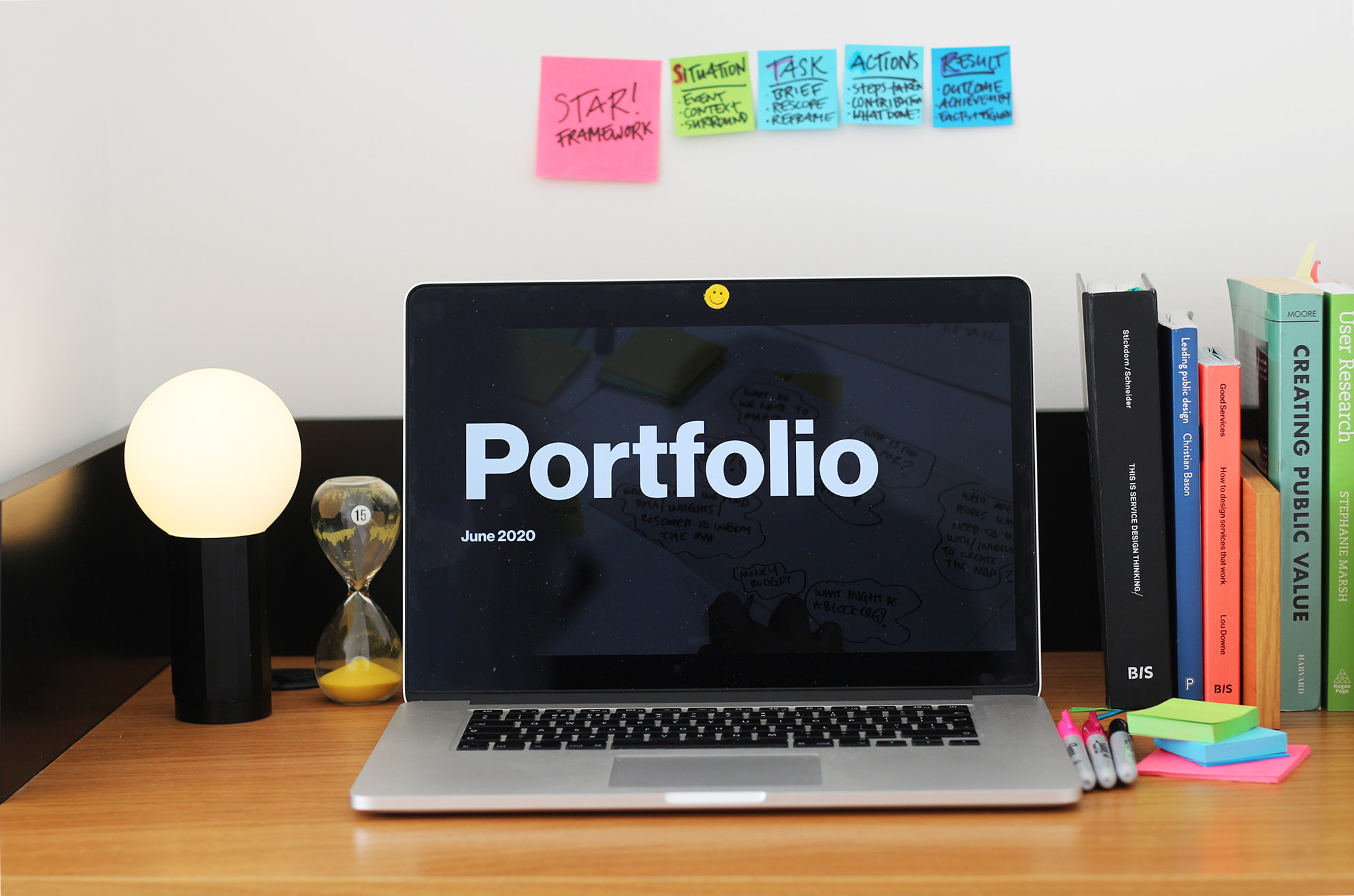How to build a portfolio
“Please attach a portfolio to your resume” – this phrase is increasingly common in job advertisements. How to prepare a portfolio? And do you really need to do this? To beautifully present your own achievements, read our tips.
Touches for the portrait of the applicant
Translated from the Italian portfolio, this is just a “portfolio with documents”, but, as you know, HRs understand this word as a “list of completed work”, which allows you to get an idea of the applicant as a specialist. And this is not necessarily a folder with photographs, sketches, or newspaper clippings, it can be a presentation and a personal website of the candidate. Photos, publications, as well as video and audio clips – all this will add the necessary finishing touches to your portrait. Sometimes it is enough just to attach several links to Internet resources with your work to your resume.
Do you need it?
Who needs a portfolio? For successful employment, it is used primarily by people of creative professions – designers of all specializations, journalists, architects, photo models, etc. However, today this tool is becoming more and more popular: often the portfolio is made up of teachers, PR managers, programmers – that is, those whose work achievements can be at least partially represented visually.

Do you need to design a portfolio for yourself? Probably yes, if:
- you have creative work;
- in the process of your work you create something fundamentally new every time (drawings, design projects, articles, codes, images for photography);
- your work is of a project nature;
- the employer asks to provide a portfolio.
But for those whose work is related to strict adherence to instructions, a portfolio is usually not required. Accountants, secretaries, HR specialists, system administrators, waiters, salespeople successfully get the job of their dreams and without a portfolio, with only one resume.
List of achievements
It is customary to compose a portfolio from works of different genres, different styles, and directions – thus you can demonstrate the variety of tasks that you had to face. That is, if you are a photographer, include in the selection of photographs of all genres in which you shoot, and if a journalist, provide different types of texts, etc.
However, there are exceptions to this rule. If, for example, you are applying for the position of a political commentator in a major publication, you should not include your fashion notes and articles on the rules of growing tomatoes in your summer cottage in your portfolio, even if they are written absolutely brilliantly.
The portfolio is akin to section “Achievements” in the resume – here it is customary to visualize what you reported in your CV. Therefore, to be included in the portfolio, you must choose your best work. You should not deliberately reduce the level of work for fears that the employer will subsequently always expect masterpieces from you. The employer understands perfectly well that a portfolio is an exhibition of your achievements and not a report from your daily creative searches.

In what order should you present your work? It is possible by chronology – in this case, the recruiter will see all the stages of your development as a specialist. Or you can – by genre, style, or direction: in this case, it makes sense to place the best works at the beginning and the end of the “folder” – taking into account the psychology of perception. It’s up to you to decide which is best.
What definitely shouldn’t be in a portfolio is your family photos. Surprisingly, according to recruiters, this recommendation is not in vain. Meanwhile, a snapshot with the caption “I’m with the cat Barsik at the dacha” is unlikely to contribute to a career.
Should I print?
Is it worth printing a portfolio or is it enough to provide it in electronic form? There is no single answer to this question. If you have doubts about the convenience of an electronic portfolio form for a particular employer, then it is better to play it safe and provide a printed version – successful projects often only benefit from quality printing.


Leave a Reply